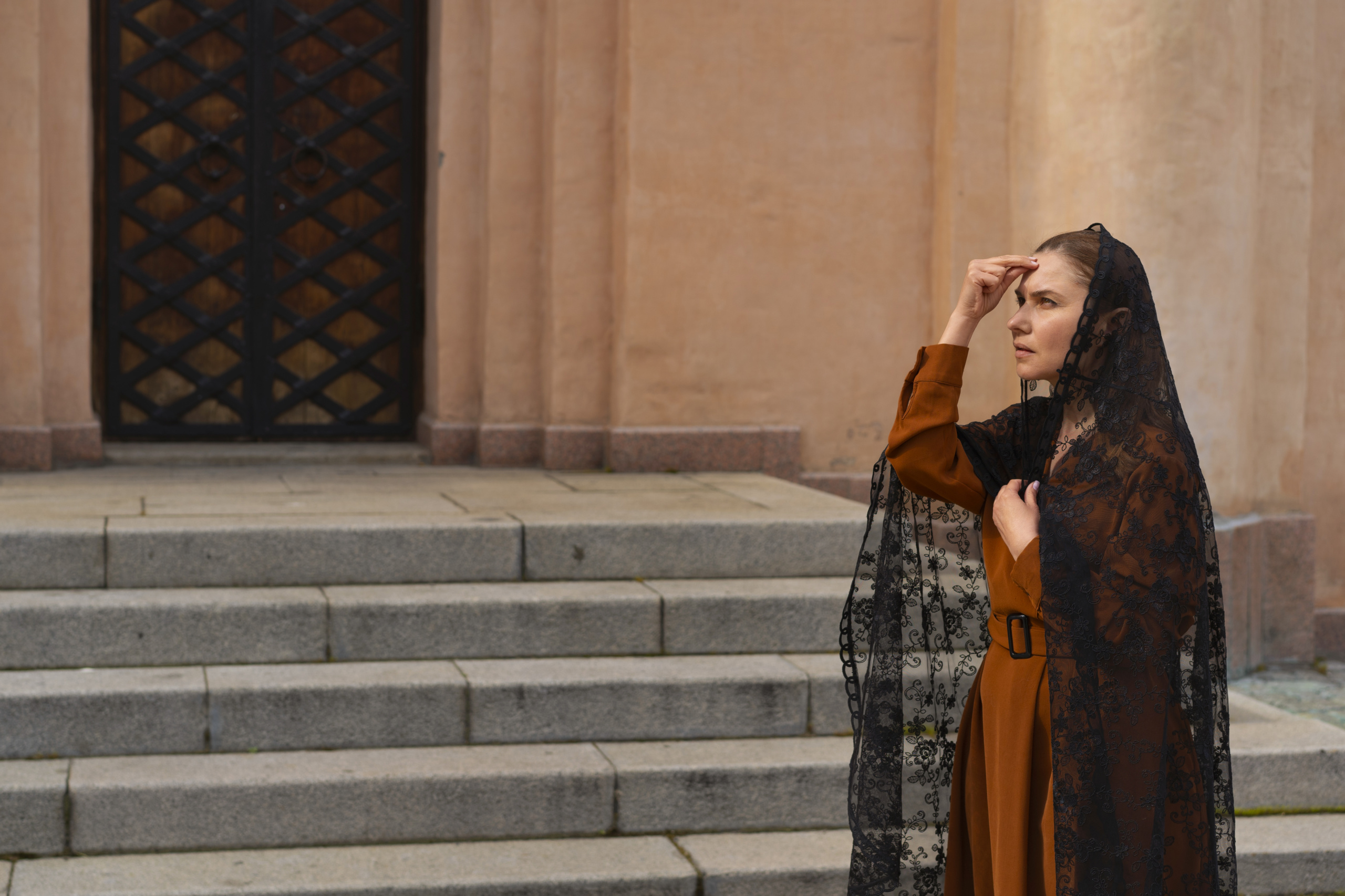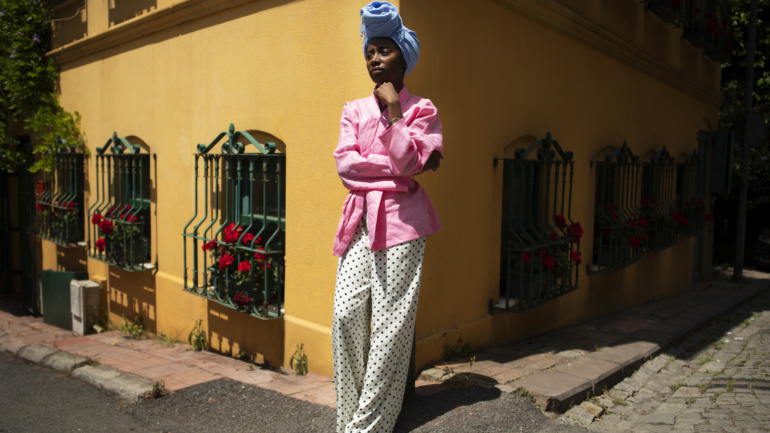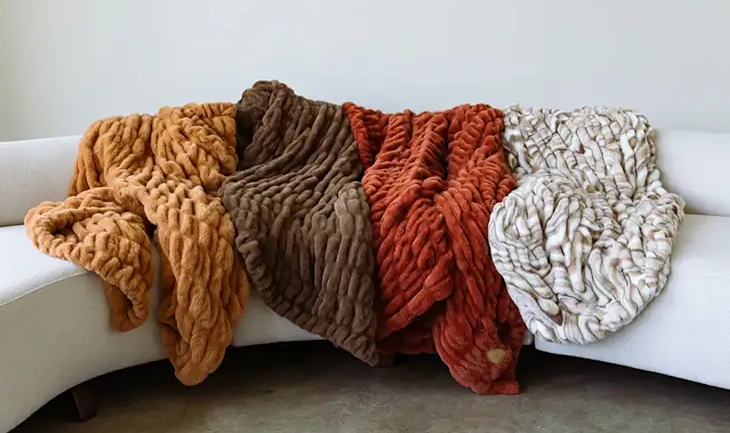The Butterfly Abaya: A Fashion Statement or a Cultural Reinterpretation?
The humble abaya—long, flowing, modest—has been a staple of Middle Eastern and North African fashion for centuries. And then, just when you thought the world of traditional attire couldn’t possibly get any more interesting, bam, the butterfly abaya swoops in like a bold, yet graceful, metamorphosis.
The butterfly abaya is one of those garments that might make you stop scrolling on your Instagram feed. With its dramatic, wing-like sleeves that resemble the wings of a butterfly, it’s nothing short of a statement piece. But the question is, does this new twist on a traditional garment reflect a growing shift in modest fashion, or is it just another trend that will flutter away like yesterday’s TikTok challenge?
Let’s start with the basics: What is a butterfly abaya? Well, it’s essentially an abaya that has taken the classic silhouette and given it a makeover—sort of like what happened when someone decided to put a hood on a sweatshirt and call it a “hoodie.” The key difference here lies in the sleeves. The butterfly abaya features wide, sweeping sleeves that open up dramatically, resembling the wings of a butterfly. It’s a loose fit, often paired with a belt or cinched waist to maintain some semblance of shape under all that flow. If the traditional abaya was the humble sister of a maxi dress, the butterfly abaya is the vibrant, fluttering diva who demands attention, even when she’s draped in the most modest of ways.
Now, let’s talk about the elephant in the room: is this just a fashionable gimmick, or does it have a deeper cultural significance? On one hand, the butterfly abaya feels like a clear nod to the way the modest fashion industry has evolved in recent years. Modesty doesn’t have to mean frumpy, and for many women, the butterfly abaya feels like an opportunity to express individuality within the boundaries of tradition. It’s a piece that says, “Yes, I am modest, but I can still be striking, chic, and yes, even a little whimsical.” The fluttering sleeves are almost a declaration that a woman’s presence is not just a formality—she is an artist in her own right, painting the world with the graceful strokes of her outfit.
But let’s not get carried away. While the butterfly abaya may be making waves on social media and catapulting to fame in the online modest fashion world, it’s also a bit of a slippery slope. Fashion has a tendency to take traditional garments and morph them into something that may feel a little… detached from its roots. Does the butterfly abaya risk being perceived as a form of cultural appropriation by turning something with a deep cultural history into just another “look”? After all, the abaya isn’t just a piece of clothing; it’s a symbol of cultural identity and religious values. To some, putting a trendy twist on such a garment might feel like turning something sacred into a mere aesthetic choice.
But here’s the thing: fashion, like any art form, is fluid. And the beauty of the butterfly abaya is that it serves as a reminder that cultural and religious garments are not static—they can evolve just like any other form of self-expression. The fact that it’s getting attention, both online and in physical stores (hello, Shein and other fast fashion outlets), means it’s tapping into something that resonates with women around the world. Whether it’s the freedom to play with silhouette or simply the appeal of a dramatic sleeve that makes you feel like you’re gliding through life like a monarch butterfly—there’s a reason it’s catching on.
What makes the butterfly abaya really interesting, though, is the way it bridges the gap between East and West. In a globalized world, modest fashion is no longer just the domain of any single culture. With the advent of influencers from various backgrounds flaunting their modest yet fashionable outfits, the butterfly abaya is part of a broader conversation about how fashion can be both modest and high-fashion, both traditional and contemporary.
The design’s versatility speaks volumes: a black butterfly abaya can be worn to a formal event, while a lighter white or pastel version can be effortlessly paired with casual shoes for a weekend brunch. And don’t even get me started on how it looks in photos—if you’ve ever scrolled through Instagram, you know that dramatic sleeves have become an Instagrammable aesthetic in and of themselves. Suddenly, a simple walk down the street feels like a runway, and the butterfly abaya is the statement piece that has everyone asking, “Where did you get that?”
But as with any fashion trend, it’s important to remember that trends evolve and fade. The butterfly abaya may be here today, but will it flutter away tomorrow? Or will it nestle into the broader tapestry of modest fashion for years to come? Only time will tell. But one thing is for sure: for now, the butterfly abaya is not just a piece of clothing—it’s a conversation starter, a bold style choice, and perhaps, a sign of the times.
So, what do you think? Is the butterfly abaya a fleeting fashion trend or a cultural evolution?


